“It might have been a good idea to provide maps,” said Karina Laterza, Prix Italia’s Secretary General (pictured above), when asked if she expected attendees to be able to navigate the impressive but complex Roman ruins that were this year’s venue for the RAI-sponsored radio-TV festival, held in Rome.
In addition to dealing with the horde of tourists who traditionally invade Rome in September (following the too-hot summer months), Prix participants were tasked with the almost impossible — locating a hidden entrance, as well as finding the various “caves” inside the ancient Trajan’s Market (Mercati di Traiano), where the conferences took place.
While it might have been hard to locate some parts of the Prix this year, its return to Rome meant that the Prix regained its traditional window on the world of the Italian audiovisual sector — a distinction that was lost when it left Turin in 2016, and headed for the remote island of Lampedusa. The following year it traveled to Milan, and last year, it went back to Capri, where it all started in 1948. Its return to Capri, however, failed to spark a much hoped-for revival for the festival.
A record number of 33 non-Italian panelists were also on hand in Rome for this Prix (as were 60 Italians) for the 11 conferences held during the six-day event that began on September 23. Among the foreign dignitaries were BBC’s Tony Hall, Sophie Townsend of ABC Australia, Cristal Duhaime of CBC Canada, Anna Croneman of SVT Sweden, and Miki Mori of NHK Japan.
The Prix also featured new show previews and special events, such as the Roberto Morrione Prize, named after the late creator of RAI’s 24-Hour News Channel.
This time, the Huns, Gauls, Carthaginians, and Germanics were not Rome’s invaders, but welcomed guests. Indeed, the theme for this 71st annual edition of the Prix Italia was “Celebrating Cultural Diversity in a Global Media World,” and the seminars focused mostly on news, with topics such as “Prosecutors and Investigative Journalism.” Other subjects included: “Africa: A Developing TV Industry” and “New Formats and New Challenges.”
However, little was said during the conferences that wasn’t already known about “fake news,” and the current Italian TV content on display, unfortunately, couldn’t compare with what was created by RAI during the reign of Antonio Campo Dall’Orto, its former CEO and Director General. Examples include Medici and My Brilliant Friend, which were supported by an effective American-style corporate communications campaign from a team headed by RAI’s Giovanni Parapini.
On hand for Prix’s opening day were Rome’s mayor, Virginia Raggi, as well as RAI’s new chairman, Marcello Foa, who could be observed sipping espresso on the refreshment terrace overlooking the Roman ruins rather often during the Prix. One might speculate that, since the Prix is organized by the chairman’s office, Foa was simply making sure that the event ran smoothly.
During his opening remarks, Foa pointed out that “RAI has to defend itself from the invading over-the-top [services, like Netflix].” One way or another, it seems, Rome continues dealing with invaders.
Ultimately, 12 programs (out of the 273 in competition) won the Prix awards. They were submitted by 65 broadcasters from 37 countries.

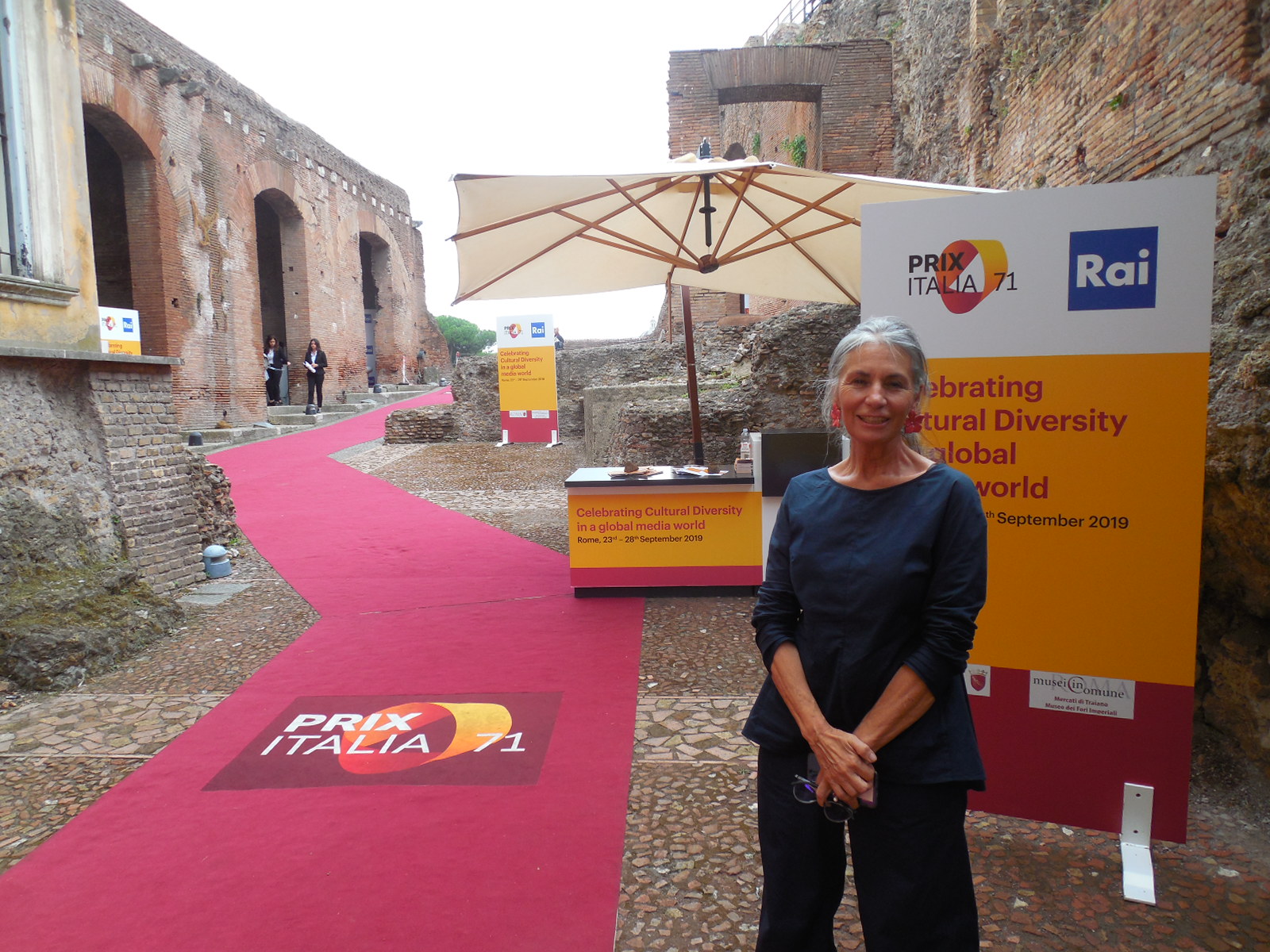
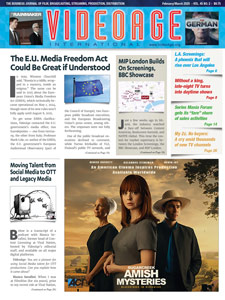


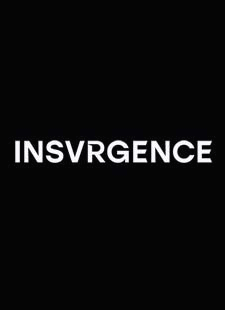

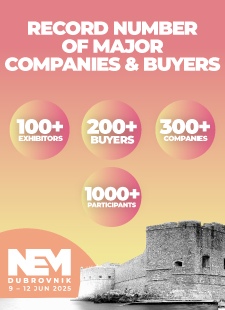
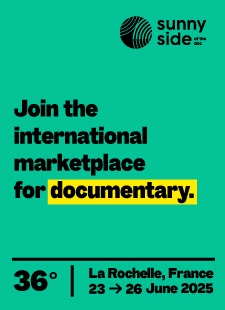

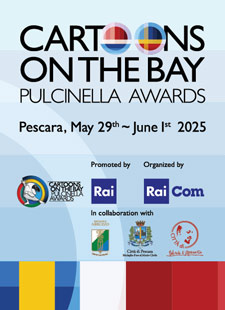
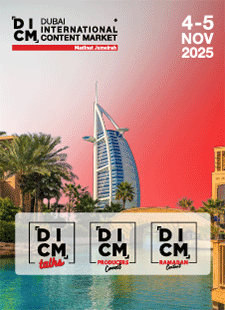

Leave A Comment